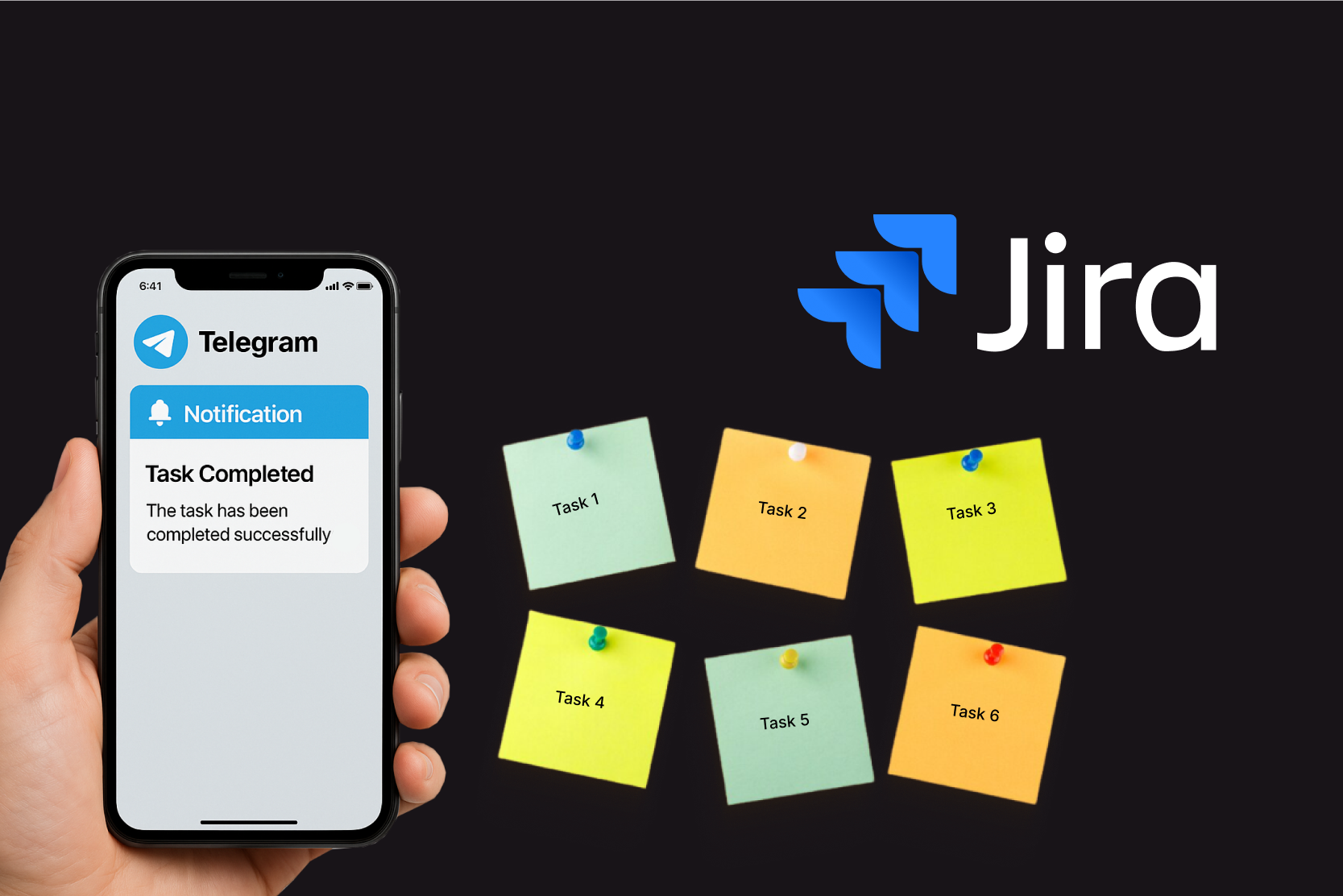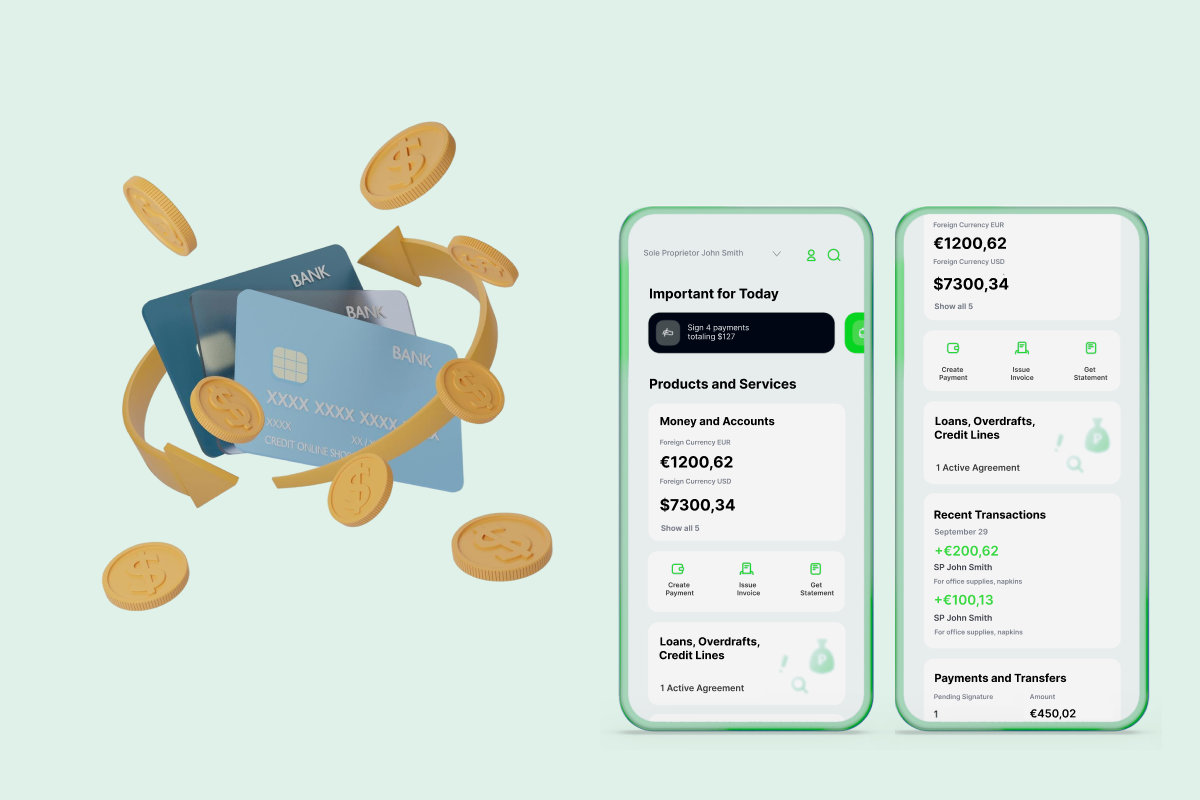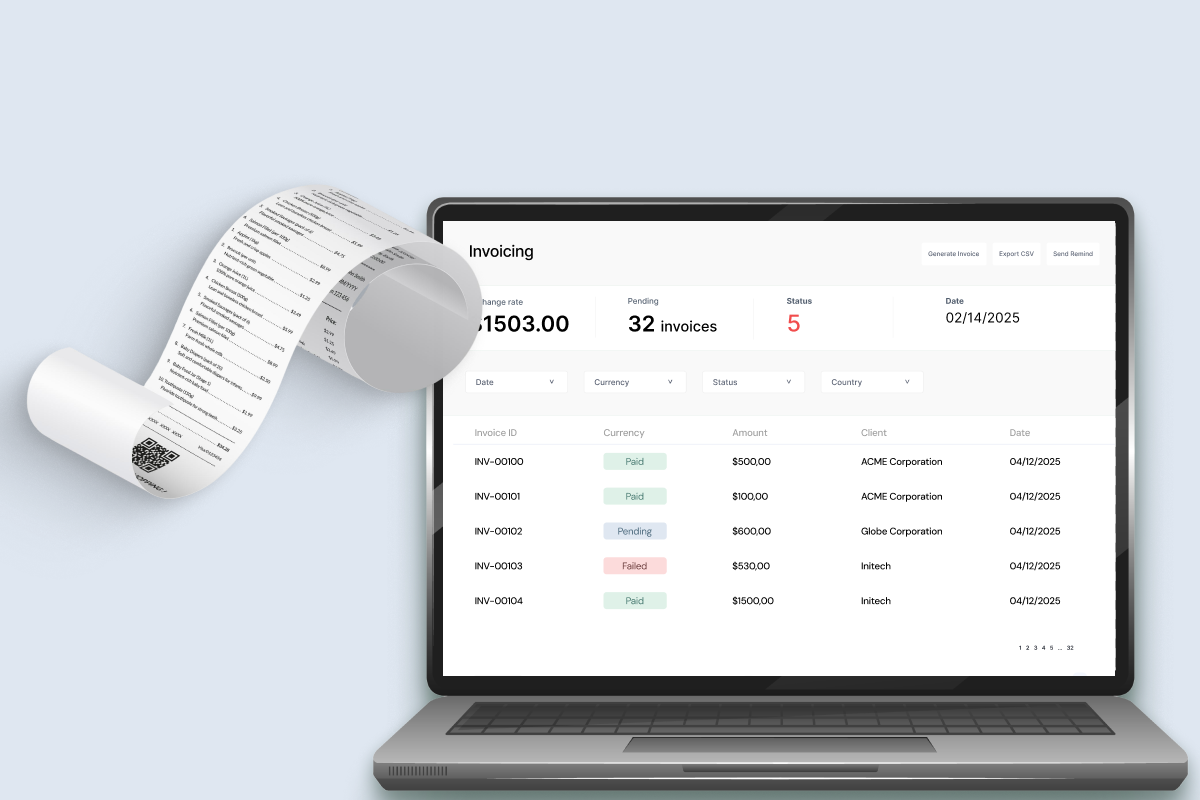All Technologies Used
Motivation
The client faced slow mobile app load times (≈15 seconds) due to a heavily loaded monolithic backend. Their goal was to improve performance, stability, and scalability. Azati’s mission was to split the monolith into microservices, optimize SQL queries, and redesign the architecture for smoother, faster user interactions.
Main Challenges
The client needed a secure, compliant, and fast cloud architecture. Azati evaluated third-party cloud options versus self-managed solutions, ultimately recommending an independent microservice setup to meet legislation and performance requirements.
Breaking a large monolithic service into microservices required careful planning, approvals from stakeholders, and precise orchestration. Azati proposed splitting the service into independent blocks, ensuring isolated failures didn’t affect the entire system.
The monolith performed multiple small SQL queries instead of optimized complex queries, causing slow responses and extra resource usage. Azati refactored these queries and reduced post-processing to improve system throughput.
Our Approach
Want a similar solution?
Just tell us about your project and we'll get back to you with a free consultation.
Schedule a callSolution
Microservices Architecture
- Independent scaling of services
- Fault isolation to prevent cascading failures
- Easier maintenance and upgrades without downtime
Cloud-based Infrastructure
- Efficient resource allocation
- High availability and uptime
- Legislation and compliance adherence
Optimized SQL and Data Handling
- Faster data retrieval and processing
- Reduced database load
- Improved response time for mobile and web apps
Separate Operation History
- Reduced mobile app loading times
- Better user interface responsiveness
- Improved overall UX
Business Value
Mobile App Performance: Reduced load times from 15s to 4-6s, enhancing user experience.
System Stability: Microservices isolated failures, preventing entire system downtime.
Scalability: New architecture allows horizontal scaling of services under peak load.
Operational Efficiency: Optimized SQL and data handling improved backend throughput by 40-60%.
Future-ready Architecture: Full documentation and Spring Cloud readiness enable further platform development.









